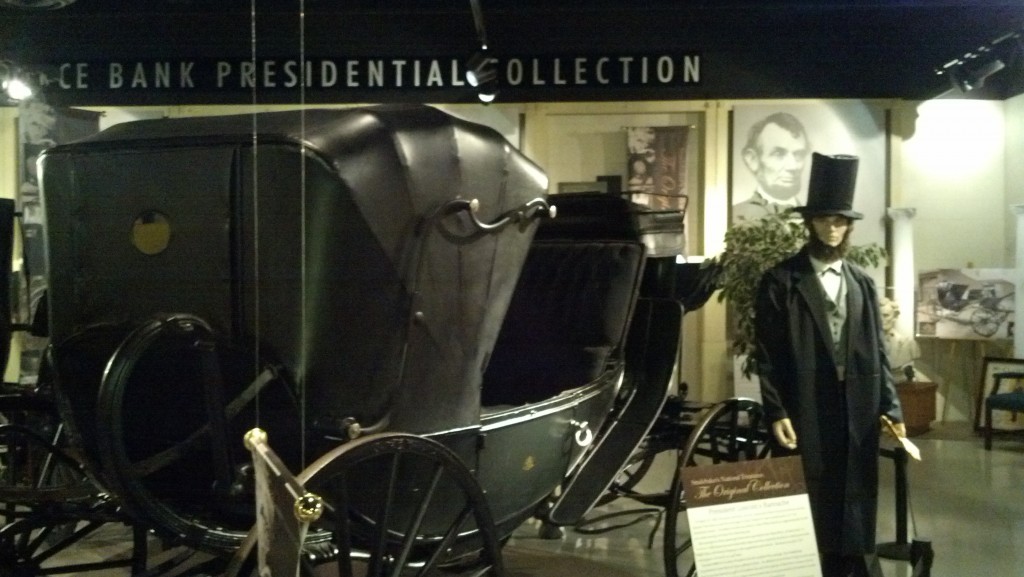
The carriage Abraham Lincoln used the night of his assassination is on display at the Studebaker National Museum in South Bend, Ind.
SOUTH BEND, Ind. — When I heard that the carriage Abraham Lincoln used the fateful night he went to Ford’s Theatre in Washington, D.C., was on display at the Studebaker National Museum, I knew I needed to swing through the city that most of us know better as the home of the Fighting Irish.
Although I had heard of Studebaker Corporation, which ceased automobile production in the 1960s, I was not aware of Studebaker’s important transportation legacy, which dates back to the 1830s when John Clement Studebaker first constructed a Conestoga wagon to bring his family from Gettysburg, Pa., to Ashland, Ohio — two towns that would eventually find themselves on the Lincoln Highway.
Fast forward to 1852, when two Studebaker brothers, Henry and Clement, started a blacksmith shop at the corner of Michigan Street and Jefferson Boulevard in South Bend — one block from where the Lincoln Highway’s original 1913 route passes through downtown — and soon, the family business became known for its production of wagons and carriages, well before the age of the automobile. (I should note that the Lincoln carriage was not manufactured by Studebaker, but was purchased in 1889 for what would become the Studebaker collection of presidential carriages.)
When the horseless carriage started to gain steam, there was an intense debate over whether to produce an electric car or one powered by gasoline. J.M. Studebaker favored electric cars and said at the time that gasoline-powered cars are “clumsy, dangerous, noisy brutes which stink to high heaven, break down at the worst possible moment and are a public nuisance.”
The first Studebaker electric car came in 1902. Thomas Edison purchased the second such car produced by the company. But the the economics of automobile production soon favored gasoline-powered cars and Studebaker stopped making electric cars. The production of Studebaker’s horse-drawn vehicles, meanwhile, ceased in 1920, according to the museum.
